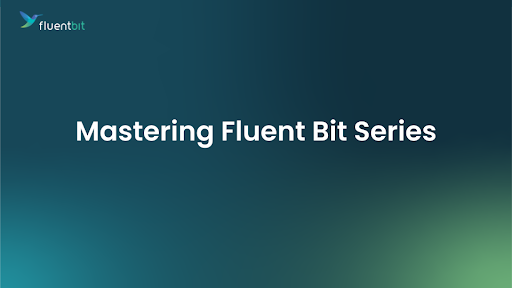Today I spoke at the always fun event taking place before KubeCon + CloudNativeCon NA, Cloud Native Rejekts.
Since my transfer from the application development domains to the cloud native observability domain more than three years ago, I've never missed a single CFP for this event. This year it was in another amazing location, The Academy of Medicine in Atlanta, GA.
In the past I've shared observability topics in a session on Perses, a session providing OpenTelemetry insights, and a session on integrating Fluent Bit with OpenTelemetry including a live demo. Today I told a cloud native story helping developers gain control of their logs in Kubernetes environments while within their inner development loop.
Below you will find the session slides, abstract, and location details for this Atlanta based event.







